 |
Baseball Cards Only The Ultimate Card Shop |

|
How to Identify Vintage Baseball Cards
 So you just inherited your grandpa's collection of old cards from his childhood, or found a box of cards in the attic. They look old, but how old are they and who made them? Are they originals or reprints? How much are they worth?
So you just inherited your grandpa's collection of old cards from his childhood, or found a box of cards in the attic. They look old, but how old are they and who made them? Are they originals or reprints? How much are they worth?Modern cards are often fairly easy to identify because the name of the manufacturer and the copyright date are usually easy to locate on the card. While the copyright dates are sometimes a year off (cards are sometimes designed a year before they are released), you can generally find out a lot about a modern card with just a quick glance.  Vintage cards, however, pose more serious problems, since the manufacturer and copyright information is often non-existent or abbreviated. Here are a few quick tips to identifying vintage baseball cards, and a few scans of some of the more common sets. Vintage cards, however, pose more serious problems, since the manufacturer and copyright information is often non-existent or abbreviated. Here are a few quick tips to identifying vintage baseball cards, and a few scans of some of the more common sets.The primary manufacturer of vintage post-war cards was the Topps company, which held a near monopoly on the hobby from the 1950's until 1981. Indeed, Topps' domination of the baseball card market during those years has made the name Topps synonymous with baseball cards for many collectors. If you have come across cards that seem to date from the late 1950's through early 1980's, they are quite likely to be Topps cards. Certain years of Topps products will have "T.C.G." written on the back, while others will have no identification of a manufacturer. With very few exceptions, the date of production will not appear on the card. So, how do you tell what year the card is from? There are two main ways to determine what year a vintage Topps baseball card was made: Many of the Topps sets list complete statistics on the back. On many of these sets, the year of the statistics is included in this information, and you can figure out the year of the card by adding 1 year to the years of statistics listed on the back. For example, if a card has statistics through the 1971 season, it is a 1972 Topps. Each year of Topps cards has a standard base design which can be used to identify most of the cards from the set. Here are scans of a representative card from each Topps baseball set from 1952-1979. Please note that most Topps sets include what are known as 'sub-sets' such as All-Star cards, cards commemorating the World Series, and other kinds of special cards within the set. Many of these cards have slightly different designs than the regular set, making them more difficult to identify. |
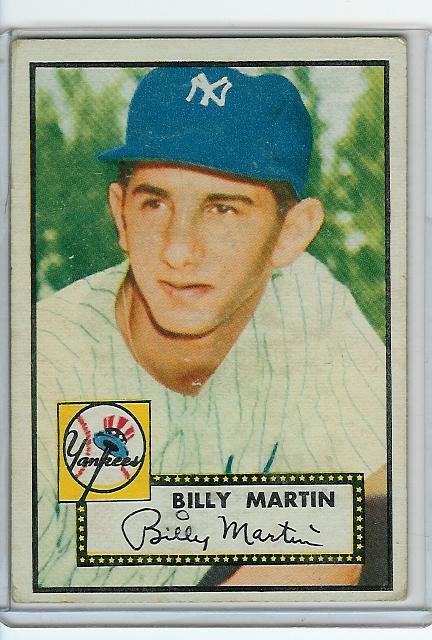 |
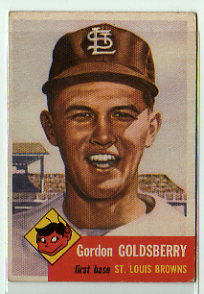 |
 |
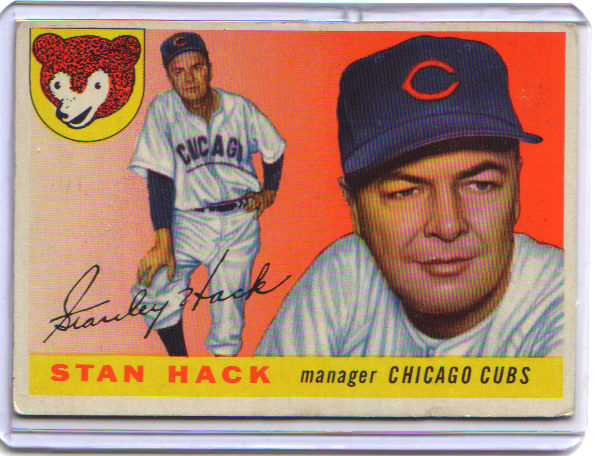 |
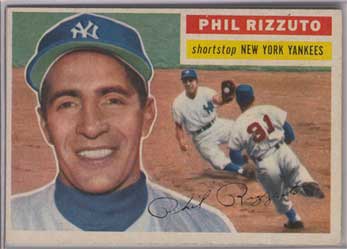 |
| 1952 Topps | 1953 Topps | 1954 Topps | 1955 Topps | 1956 Topps |
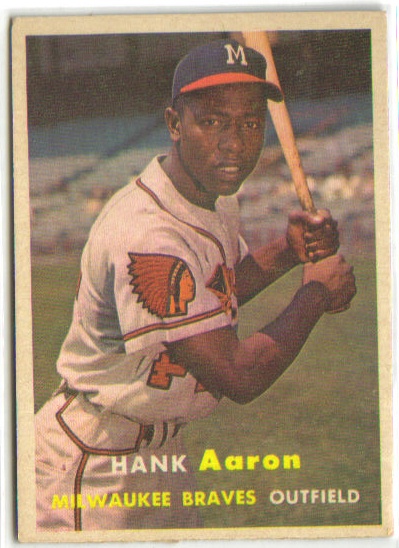 |
 |
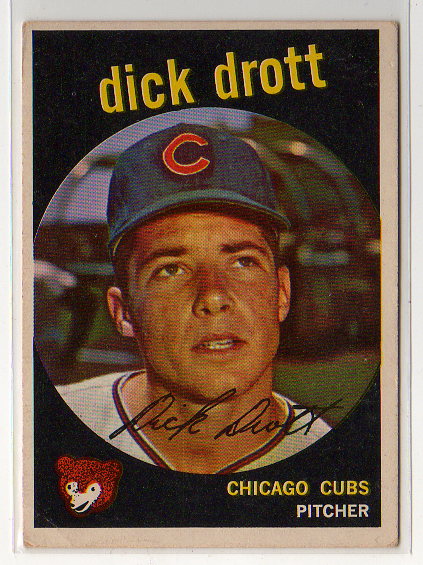 |
 |
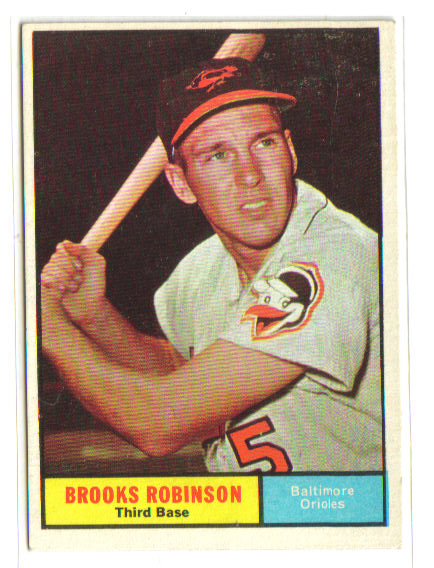 |
| 1957 Topps | 1958 Topps | 1959 Topps | 1960 Topps | 1961 Topps |
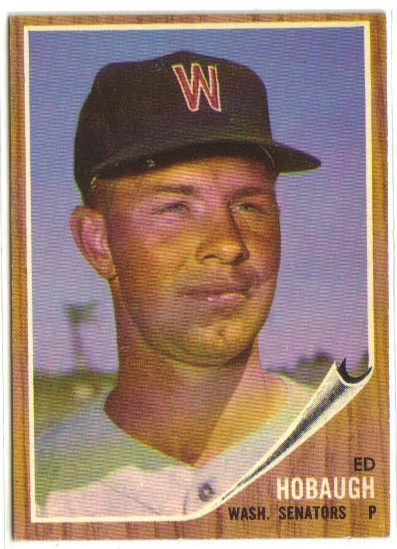 |
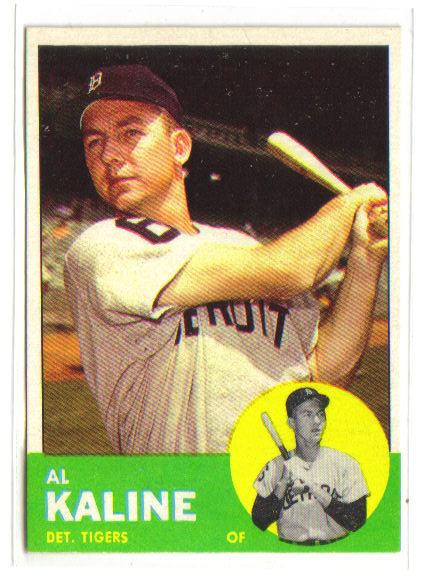 |
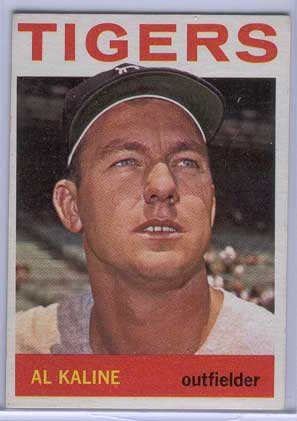 |
 |
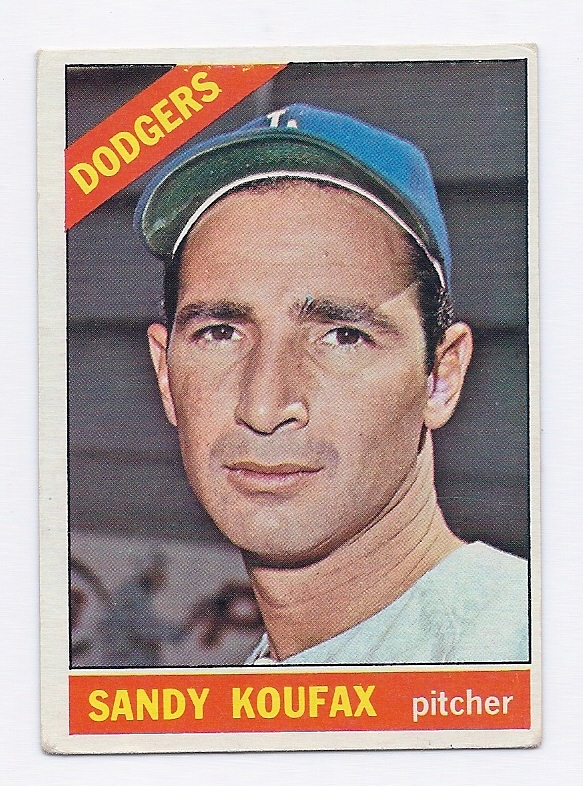 |
| 1962 Topps | 1963 Topps | 1964 Topps | 1965 Topps | 1966 Topps |
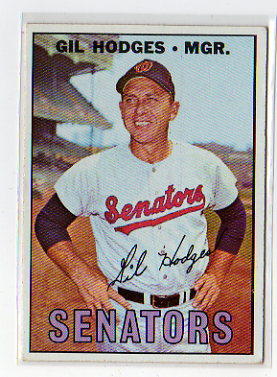 |
 |
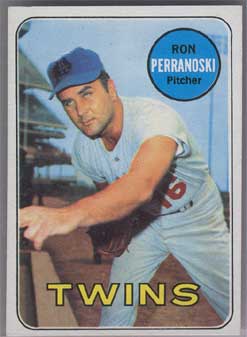 |
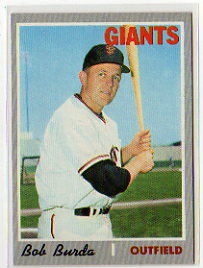 |
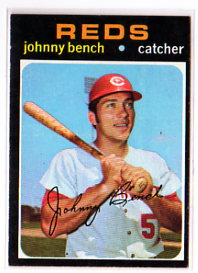 |
| 1967 Topps | 1968 Topps | 1969 Topps | 1970 Topps | 1971 Topps |
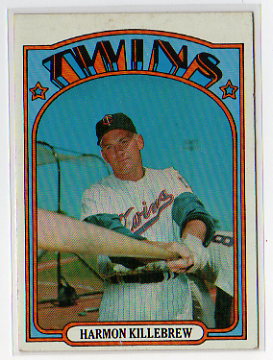 |
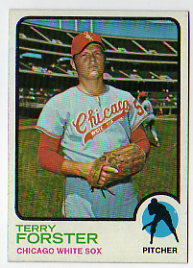 |
 |
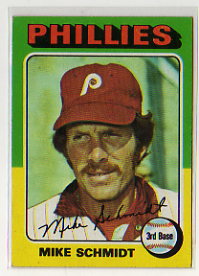 |
 |
| 1972 Topps | 1973 Topps | 1974 Topps | 1975 Topps | 1976 Topps |
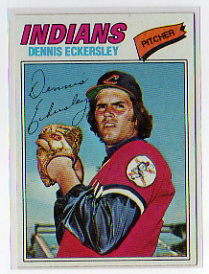 |
 |
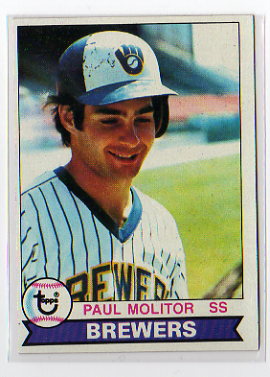 |
||
| 1977 Topps | 1978 Topps | 1979 Topps |
|
How can I tell if my vintage Topps baseball card is an original or a reprint? Most cards which appear to be vintage Topps cards actually are. If the player pictured on the card is not Mickey Mantle, or a rookie card of a major star, it is almost certainly NOT a counterfeit. In recent years, Topps has begun reprinting some of its vintage cards. These authorized reprints are quite easy to spot, since they contain copyright information that you would not find on a true vintage card and are usually printed on noticeably higher quality card stock. For instance, in 1994 Topps reprinted the 1954 Topps set. These reprints include a white border not found on the original cards and are printed on bright white card stock instead of the original cardboard. Similarly, the 2001 Topps Archives set reprinted numerous cards from the 1950's through 1980's, but have a modern copyright date and a foil "Topps Archives 2001" stamp on the front. High quality counterfeits have been made for a small number of iconic vintage Topps cards, such as the 1952 Topps Mickey Mantle and the 1963 Topps Pete Rose rookie card. Some of these counterfeits are extremely high quality and can only be spotted by trained eyes. "I have some baseball cards from the 1950 or 1960's that are not pictured on your list. What are they?" While Topps dominated the card market for three decades, there were numerous smaller regional sets that were produced. There are too many of these 'oddball' sets to describe them all here, but if you have cards that are not Topps cards, they are quite likely to have been made by either Bowman or Post. The Bowman sets were produced in the early to mid-1950's, when the company was purchased by Topps, which then ceased producing the brand until 1989. Vintage Bowman cards are usually identified on the back as B.G.H.L.I.. Here are scans of a few of the more common Bowman sets. |
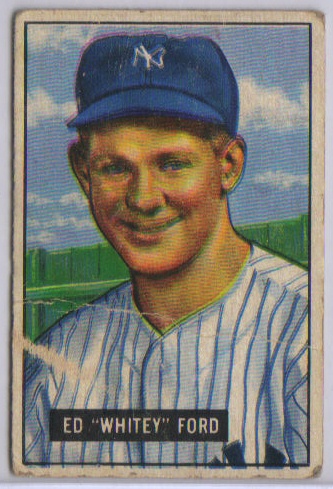
|
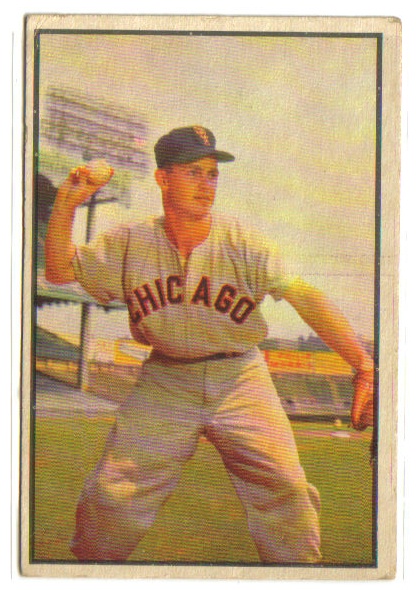
|
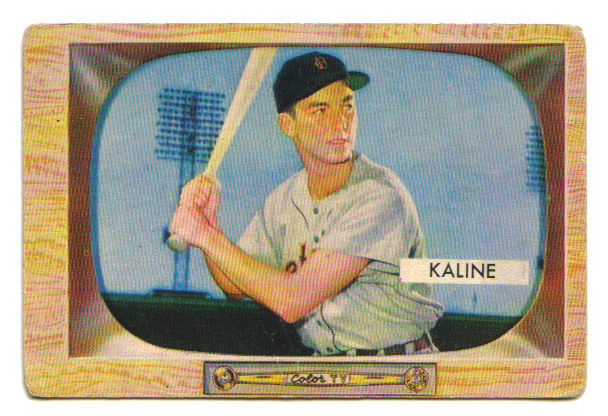
|
| 1951 Bowman | 1953 Bowman Color | 1955 Bowman |
The only other mainstream national set produced during the 1960’s was the set produced by Post, which were distributed on packages of Post Cereals and Jello Boxes. The post sets are usually easy to identify using the year of stats + 1 method. Though they have slight design changes for different years, the design is fairly stable and looks basically like this: 1961 Post Post cards had to be hand cut from the boxes that they were printed on, and are often found with poorly cut edges. How to Identify Pre-War Baseball CardsIdentifying pre-war baseball cards is a much more difficult task due to the wide variety of cards made in the early part of the 20th century. Many of these cards include very little information about what year they are from and who made them, making identification very difficult. Many have also been legally reprinted, and many of the most famous pre-war cards, like the 1933 Goudey Babe Ruth cards and the legendary Honus Wagner T206, have been widely counterfeited as well. Here are a couple of pictures of old baseball cards from several pre-war sets that I've had throughout the years: |
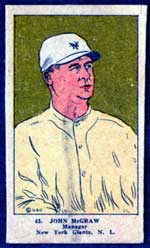 |
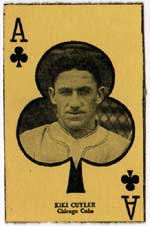 |
 |
 |
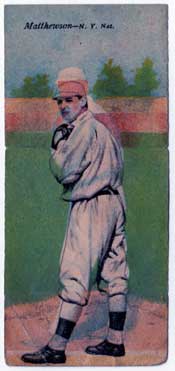 |
 |
|
If you have pre-war baseball cards that you need help identifying, please email me at richard@bbonly.com and I will do what I can to help you figure out what you have. |



